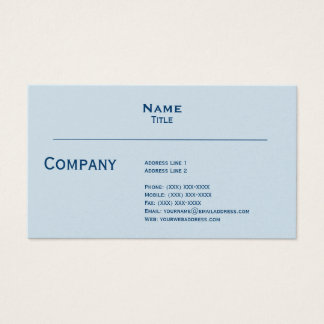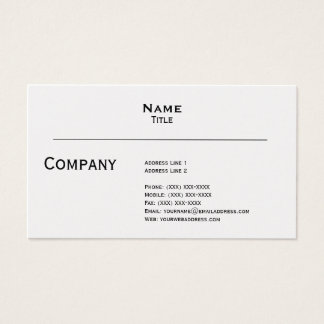Writing great copy for your onsite SEO efforts remains in the top 3 most important tactics available to improve rankings. Since Google released the Hummingbird algorithm updates, however, the landscape has drastically changed.
It used to be that keyword stuffing and gray/black hat writing techniques would actually produce results. Hummingbird flittered in and changed our realities, yet many sites still employ similar techniques expecting to see upticks. They are sadly disappointed.
So if keyword stuffing doesn’t work, what does? In a nutshell, you need to be on your game with copywriting now, composing informative, fresh, high-quality text in a timely manner throughout your channels. Below you’ll find a bundle of in-the-moment tactics that can honestly catapult your SEO copy into the next stratosphere.
1. Don’t Ever Forget You’re Writing for Human Beings
We’ve all landed on many-a-webpage with copy that is clearly written for a search engine bot. I can’t emphasize enough how much this can damage your rankings. Google has long been privy to this game, and it just doesn’t work anymore. Google wants to reward sites that have stellar content, as that’s what searchers are looking for. You can’t fool people by writing for bots. Even search engines don’t want to read bot-optimized content anymore. Write for your audience, and the bots will take notice.
2. Make Creativity and Efficiency Your Copywriting Mottos
While Google has made the copywriting landscape more challenging in many respects, they’ve really just asked us to focus on quality. From the perspective of your users, this is a very, very good thing. You need to commit to regular content creation, and impart a dedication to creativity in everything you compose. Don’t regurgitate what everyone else is espousing – add your own flair, as it relates to your brand. And by all means, create a content calendar, and stick to it. The key to high search rankings these days is staying current, and publishing content regularly. Outdated copy is glaringly obvious, and it will get you penalized.
3. Write Catchy Headlines
If a headline is attention-grabbing, it’s true for both users and search bots. Remember that readers on the web have short attention spans and bazillions of choices; you need to pull people in at first glance. Follow the “who/what/why” headline technique for inspiration. This helps you create headlines like “Google Penalizes Copywriters with New Hummingbird Update”. If it’s applicable to your audience, this method will snag plenty of responsiveness.
4. Keywords are Critical, Density is Not
Stop trying to infuse some strict percentage of keyword density into the copy you’re creating: this only over-complicates things and renders your copy unreadable. There is nothing to show that Google rewards these behaviors any longer. That said, keywords are critical, as these are the main descriptors you’ve selected to use for your products and brand. Keyword research is still essential to your overall success; just don’t fret about using them constantly throughout your content.
5. Embrace the Mighty Long Tail
Speaking of keywords, as you’re selecting the optimal descriptors for your company, don’t leave out ‘long tail keywords’ (http://www.sitepronews.com/2013/02/21/are-you-undervaluing-your-long-tail-keywords/). These are still overlooked by many content creators, and ought to be more embraced. Long tails are simply more wordy descriptors; they work because they’re far less competitive, and when your audience uses them, they are serious about what they’re searching for. This means a higher quality of traffic for your searches, and that’s pure SEO gold.
6. Eschew Shallow Content In Favor of Depth
In many cases, more is more when it comes to SEO content. Articles that are comprehensive and at least 1000 words have far more shares and social signals than those that scratch the surface. Plus, more words means more opportunity for page rankings. Whenever you choose to write about something, it should embrace your core expertise. Therefore, you should have plenty to say about the given topic. Don’t assume that short attention spans means publishing shallow content. Quite the contrary; you need original, quality information shares to woo your readers.
7. Ask – and Answer – Key Questions
It’s essential that you have a deep and thorough understanding of the needs of your audience. Through this awareness, you should also have a clear idea of the questions they hold about your products, services, or industry. Address these head-on. These are some of the most enticing elements you can write about, as these answers will provide value in your readers’ lives that they are actually seeking.
8. Share and Share Alike
One of the growing trends in SEO rankings is content that is shared. Social signals like tweets and Facebook likes are generating more and more of an impact. When you craft your content, make sure it is highly shareable. Add social links to all your publications, making it easy for your audience to share your content across all relevant platforms. And by all means, get your company on Google+! As you can imagine, Google likes it when you use their social channels. If you want high rankings, don’t forget to integrate Google+ into your efforts.
SEO copywriting isn’t rocket science, but it’s evolved significantly since the early days of black hat SEO. By adopting a sincere commitment to understanding your demographic and creating valuable, creative content on a regular basis, you will please both your readers and the search engines. It’s the ultimate recipe for content success.
What other copywriting tactics have you found useful for SEO rankings?
15% Off All Business Cards
VIEW ALL
$23.25
$60.05
$60.05

$44.25
$44.25
$58.55
$68.95
$65.40
$60.05








No comments:
Post a Comment